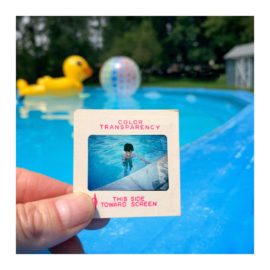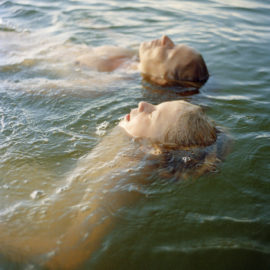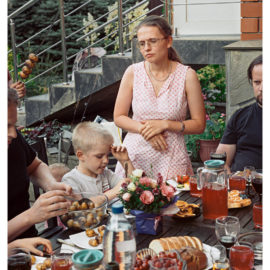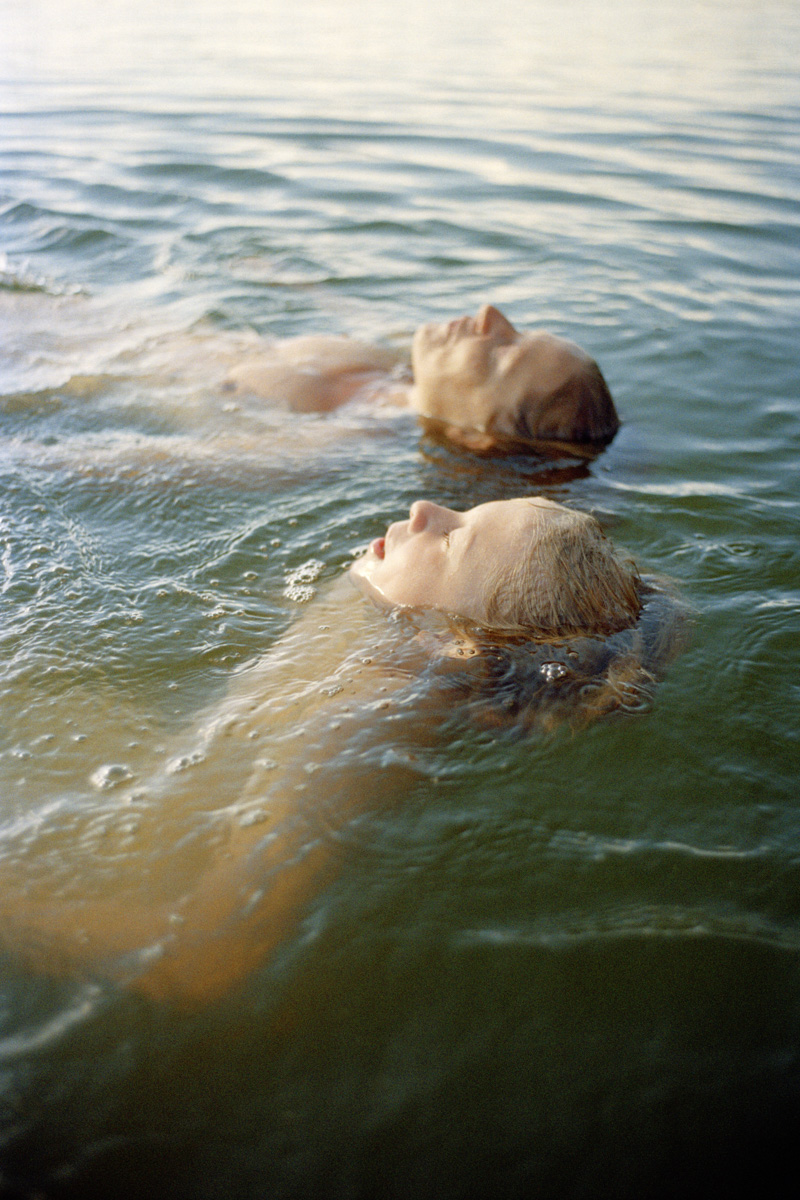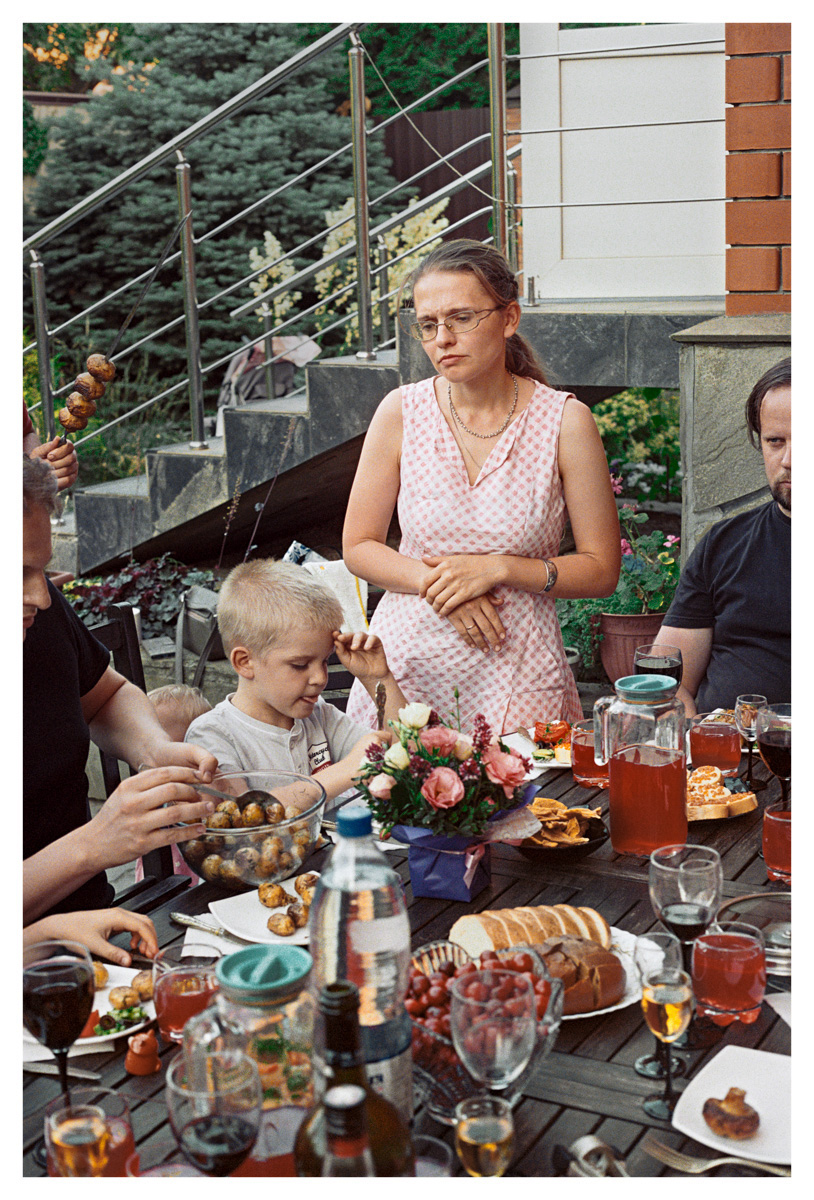On Location: Lisbon
© Catherine Panebianco.
Source: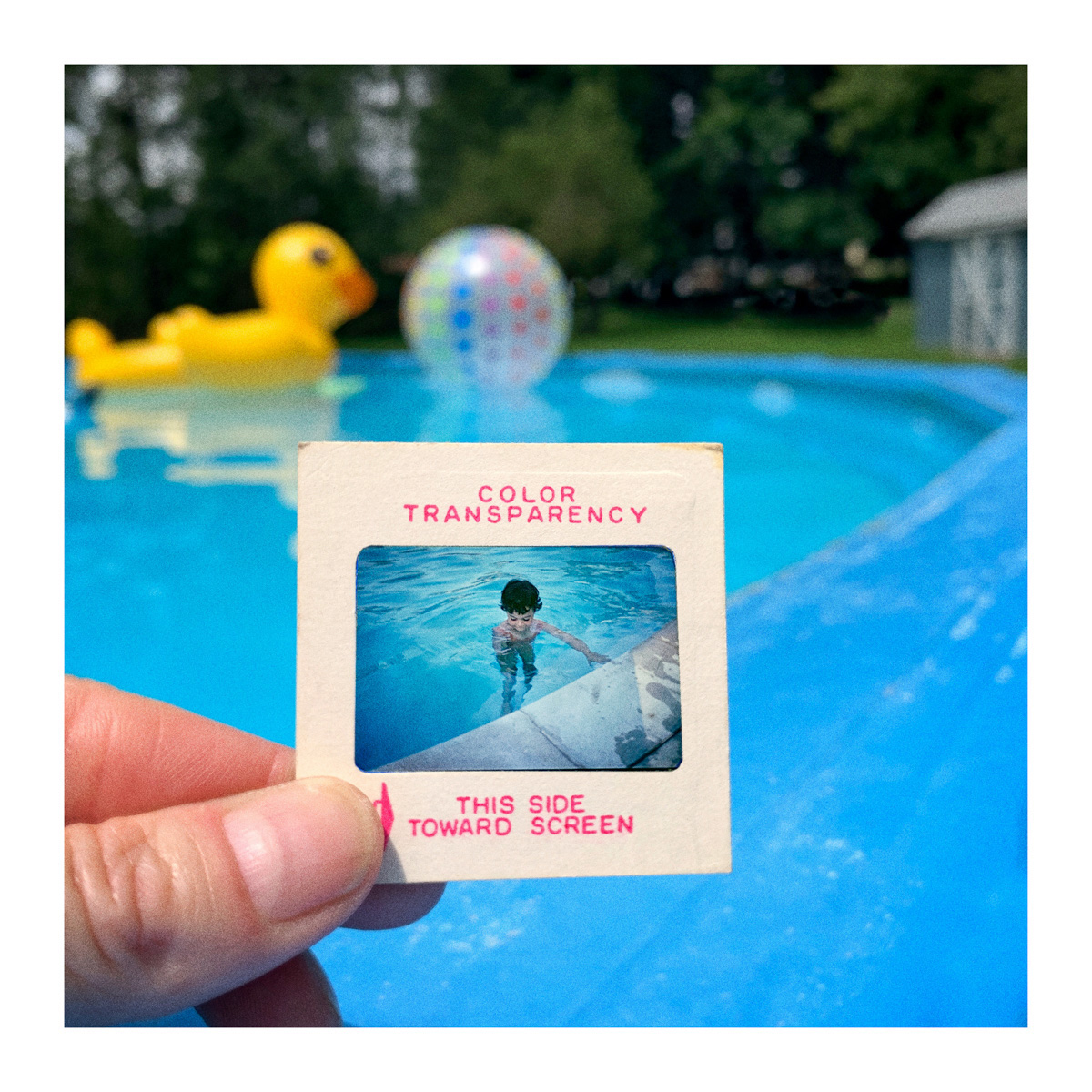
This article is printed in the latest issue of British Journal of Photography magazine, themed Home, delivered direct to you with an 1854 Subscription, or available to purchase on the BJP shop.
Lisbon draws light like no other city. Not even the postcards sold in its many souvenir shops capture the medley of colour reflected off its townhouses’ azulejos (painted tiles) and the Tagus river running through it. Lisbon’s old-world charm blinded me as a tourist, and it’s only after living in the city for some time that I’ve started to see past it. Indeed, works such as Camilla Watson’s O Tributo [below] and Henri Kisielewski’s project, Postcard City (a visual exploration of mass tourism’s implications on Lisbon), reveal the complex realities of Portugal’s capital beyond its rich history and heritage.
Lisbon’s photographic history is itself complex. The Estado Novo (New State) – an authoritarian regime that governed Portugal from 1933–1974 – repressed creativity in some ways and encouraged it in others. Ultimately it led to photographers such as Artur Pastor, Augusto Cabrita, and Eduardo Gageiro, among many others, not receiving due recognition during their lifetimes. Even after Estado Novo’s fall, Lisbon’s photography network grew more slowly than its counterparts further north in Braga, Coimbra and Porto. And this left many of the capital’s talented artists and image-makers frustrated.
More recently, struggling to recover from an economic downturn over a decade ago, Portugal’s government bolstered tourism and opened the real-estate market to foreign investors. The arrival of the Museum of Art, Architecture and Technology (MAAT) in 2016 transformed the city’s cultural infrastructure, as did the renovation of the historic Central Tejo exhibition space and opening of the Museu Coleção Berardo a decade earlier. These – alongside the older Museu Nacional de Arte Contemporânea do Chiado (MNAC) – do not focus specifically on photography but have staged exhibitions by international photographers such as Todd Hido, Joakim Eskildsen and Lisbon-based practitioners such as André Cepeda.
This fast-paced cultural transition means Lisbon is less formalised and overly institutional compared to other European cities. Instead, the city creates space for more spontaneous, experimental and interdisciplinary reactions to develop – mainly in the peripheral industrial fringes, such as Marvila and Alcântara. However, in central areas too, galleries like Hangar [below], A Pequena Galeria, Artroom, Galeria Madragoa, and Carlos Carvalho Arte Contemporânea are transforming the cultural landscape. Contemporary photographers and artists such as Paulo Nozolino, Daniel Blaufuks, Pauliana Valente Pimentel, António Júlio Duarte, Catarina Osório de Castro, and Délio Jasse all call the capital home and have exhibited in venues across it.
Although the growth of the creative class has not been without its issues – notably mass tourism and gentrification – ultimately Lisbon’s tide of creativity has been welcome. Many public artworks, artists, archives and organisations challenge commodification, treating photography and the broader arts as public entities, where societal interests are met and conflicts resolved. Lisbon has long been a cosmopolitan city, and as it continues to shift and transform, its photography scene will be there to document it.
Beco das Farinhas
Mouraria
1100–234
Mouraria is one of Lisbon’s oldest neighbourhoods. In this Moorish Quarter, caged canaries sing behind lines of washed linen drying. It is this sense of authenticity that compels visitors. However, most remain oblivious that the area’s community is slowly shrinking. As tourism engulfs Mouraria, locals have found themselves priced out. A third of properties have become Airbnb-style rentals and younger generations have moved further afield.
British photographer Camilla Watson, a resident of Lisbon for almost 15 years, noticed the shift. In 2009, she began the first of her public street installations, O Tributo. The participatory project saw 25 elderly residents collaborate with Watson in selecting a photographic portrait to be printed on wood and placed along a narrow beco (alleyway) they often walked.
The project, one of five permanent street exhibitions by Watson in the city, speaks volumes about the power of photography in place-making and community-building. The residents have become deeply attached to seeing their community reflected. Watson has at times removed portraits of those who have died, and the community often asks her to take new ones. The work does not just impart history and heritage, it also acts as a reminder of the true face of Mouraria; an antidote to the superficiality of tourism and the depersonalisation of a place caused by rapid gentrification.
Rua Damasceno Monteiro 12
1170–112
Photography is not Hangar’s sole focus, however, it is one of the central spaces in Lisbon fostering photographic innovation. The city, especially the Intendente neighbourhood on Hangar’s doorstep, is home to communities from Latin America and lusophone African countries. Hangar itself is one of the few institutions supporting culturally diverse artists and practitioners in Portugal, and it promotes critical reflection around post-colonialism. Mónica de Miranda and Bruno Leitão, Hangar’s founders, have adopted a model-based less on exhibitions and more on long-term collaborations and in-depth research led by non-European artists and curators.
Hangar’s site accommodates an exhibition hall, cafe (with Brazilian tapioca fritters) and residency live-work studios, giving it the feel of a community hub. It acts as the first port of call for many visiting artists, curators and researchers, and provides a support network for numerous local artists.
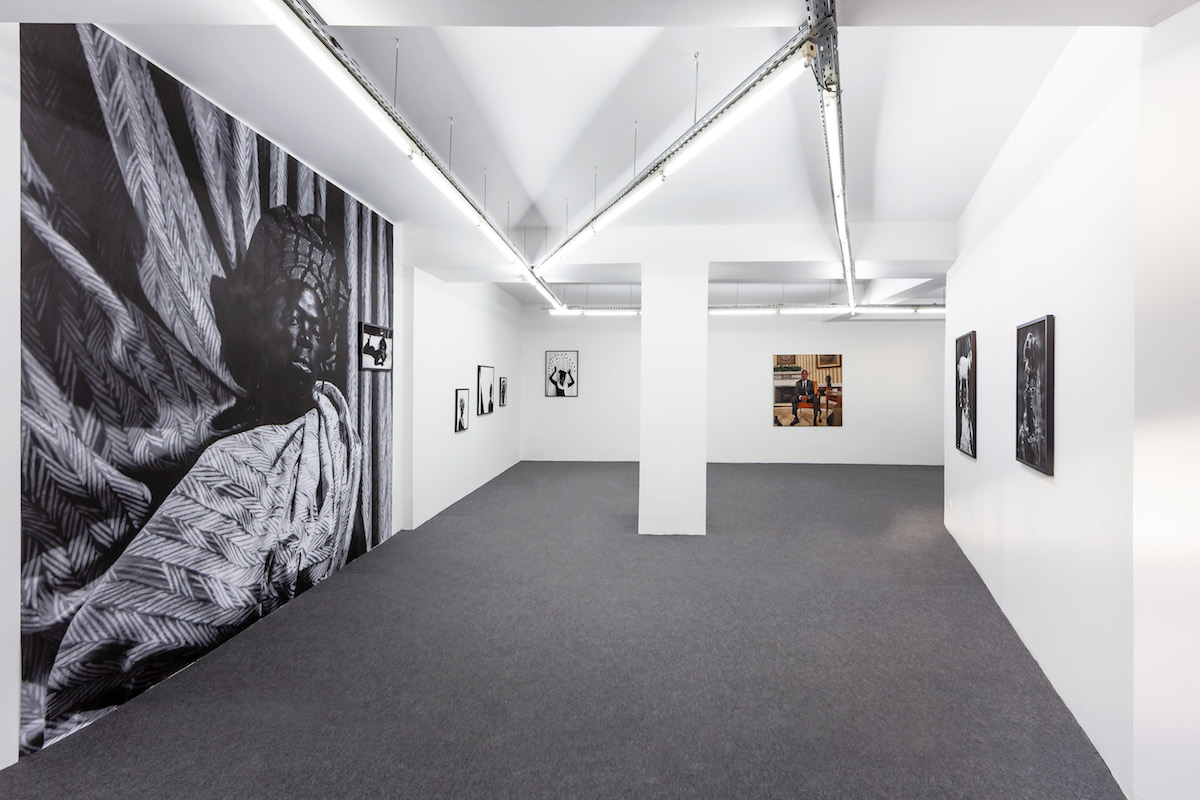
Rua da Palma 246
1100–087
Just off Praça Martim Moniz sits an unassuming building that was once an old fish factory. A discreet plaque announces it as the Arquivo Fotográfico de Lisboa, one of Lisbon’s oldest photographic repositories, established by the council to help conserve the capital’s photographic heritage from the 1850s to the present day. The building’s ground floors have become an exhibition space complete with a line-up of historical cameras. Upstairs, two smaller exhibition rooms lead towards a glass-house style esplanade mezzanine with a cafe. But the biggest draw is a tiered library hosting a spellbinding array of photographic books available to reference.
The archive’s main collections are searchable digitally. For instance, you can browse Artur Pastor’s images dating from the 1950s of a lost rural Portugal, before fast-forwarding to contemporary collections of António Júlio Duarte and Daniel Blaufuks.
Various locations
Throughout the last three decades, there have been fleeting attempts to set up a yearly photography event in Lisbon – including, Mês da Fotografia (1993) and two editions of Lisboa Photo (2003 and 2005). However, until recently the capital lacked an annual photography festival. In 2019, historian and curator Rui Prata – co-founder of one of Europe’s largest and oldest photography festivals, Encontros da Imagem, in the northern city of Braga – turned his attention to building on Lisbon’s revived cultural capital and helped facilitate the launch of Imago Lisboa.
Photography festivals host multiple perspectives, but they also feed into discourse beyond the artistic. Indeed, spread out between repurposed civic buildings, large institutions and artist-run spaces, festivals lead you to geographical areas you might not have otherwise visited. Imago Lisboa feels less focused on drawing international crowds and instead endeavours to encourage new and local audiences. Putting arts education back in the public realm, with socially engaged projects and offerings such as free lectures on photography history, are indicators of this. Galeria Imago Lisboa, the festival’s most recent project and one of the city’s only medium-specific spaces, exhibits the work of emerging photographers, while Imago Lab, under the same roof, is dedicated to educational activities and research.
Rua João Saraiva, 28A, 2o Alvalade
1700–250
Photography school and visual arts centre Atelier de Lisboa favours no single style or genre. Its holistic approach to photography education, alongside facilities such as a printing lab and library, has meant it has steadily become one of Lisbon’s most dynamic photography spaces.
Bruno Pelletier Sequeira founded the school in 2006. He remains its director, coordinator and one of its many teachers. Courses span topics from technical skills to theory-based modules such as Revelations of Portuguese Photography with photo historian and curator Emília Tavares, and project-led modules that end in a collective exhibition or production of an individual book. Week-long artist residencies are also available; visiting tutor Jem Southam has been leading groups to the Portuguese village of Monte Redondo in the Serra do Açor for years.
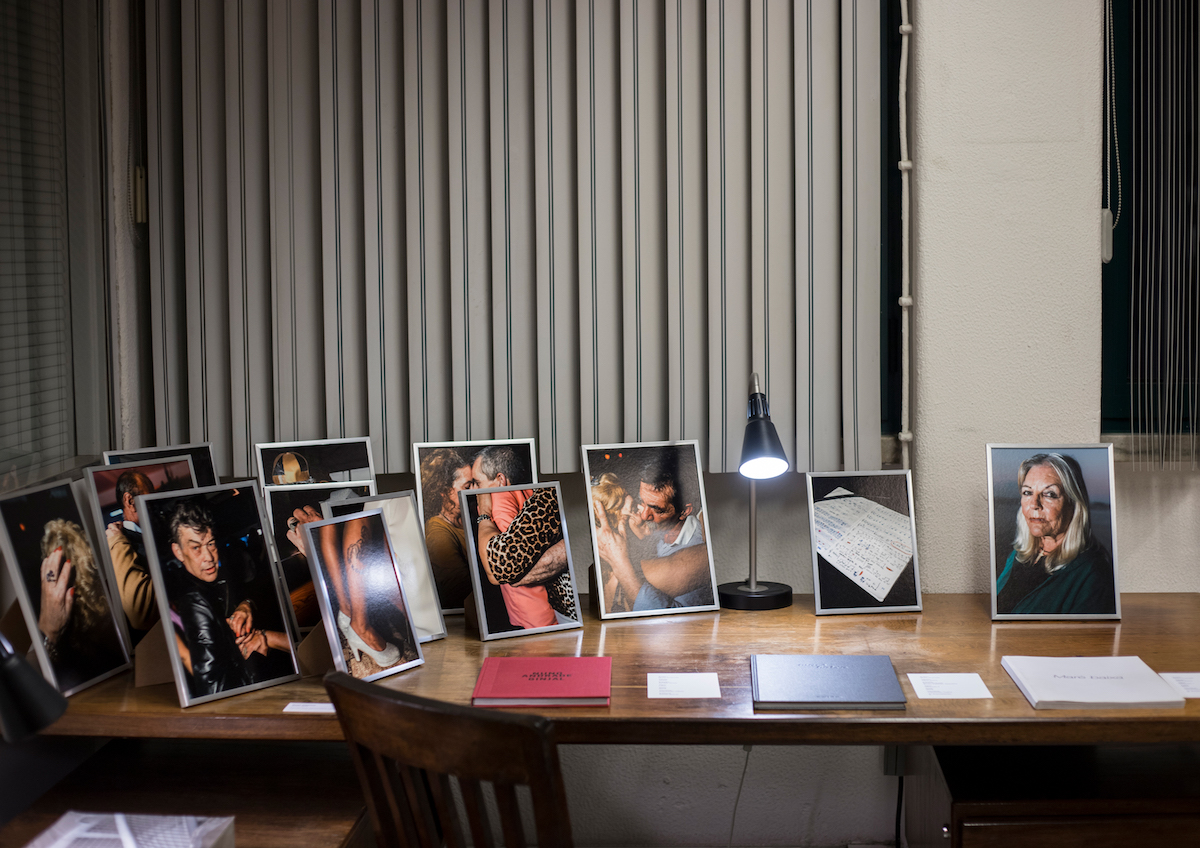
Rua Ilha do Príncipe 3 porta E
1170-182
XYZ Books started life in 2013 as a photobook store in the neighbourhood of Chiado. One of just three specialist shops in Portugal, XYZ and its co-founders, Pedro Guimarães and Tiago Casanova, served a niche audience, but it has since evolved – and its network alongside it. Hosted by the non-profit organisation Ilha, it still sells photobooks but also operates as a publishing house, artistic research centre, exhibition space and a printing lab, spread over three floors in a converted building tucked away in a courtyard in Anjos.
As a publishing house, XYZ focuses on diversifying the language of photography books, selecting image-makers based on their experimental nature and ability to push boundaries. It’s an ethos also evident in XYZ’s activity as a research centre, for which first-class educators and photographers such as George Georgiou and Vanessa Winship deliver workshops.
Recently, XYZ launched an artist-in-residence programme to provide technical and project-based mentorship to a photographer developing an artbook dummy. Austrian artist Michaela Putz’s Palinopsia (2021), which explores the ghostly haptic imprints left on digital screens, was published as part of the residency. Having expanded recently to a team of three (plus one at-large cockatiel), XYZ intends to grow their curatorial capacities. However, their main focus remains publishing – forthcoming are titles from Nuno Andrade, Andrea Basilio, Tim J Veling, Luísa Ferreira, Mariana Rocha, and Inês Gonçalves.
Ellie Howard is a freelance arts and culture writer, based between Lisbon and London. A graduate of Manchester University and University College London, she writes about material and visual culture. Her chief interests are rooted in popular photography and the photographic boundaries between science and art. Alongside writing, she works as a picture researcher for Atelier Éditions, most recently on the forthcoming publications Beyond the Earth: An Anthology of Human Messages in Deep Space and Cosmic Time and Nudism in a Cold Climate. She has written for Magnum Photos, Photomonitor, BBC Travel, Wallpaper*, Elephant Magazine, Huck, Dazed, and Another.

